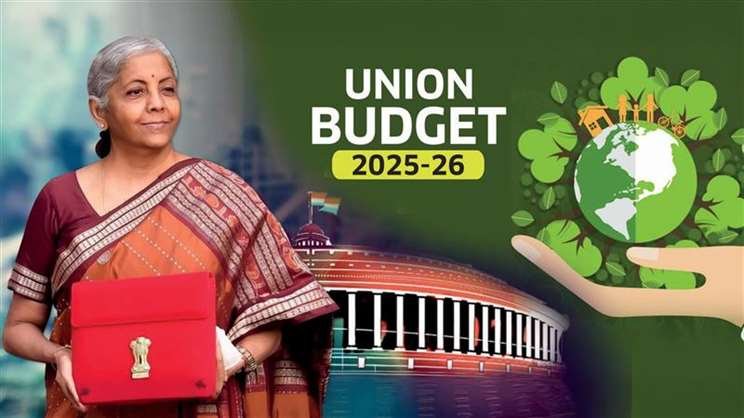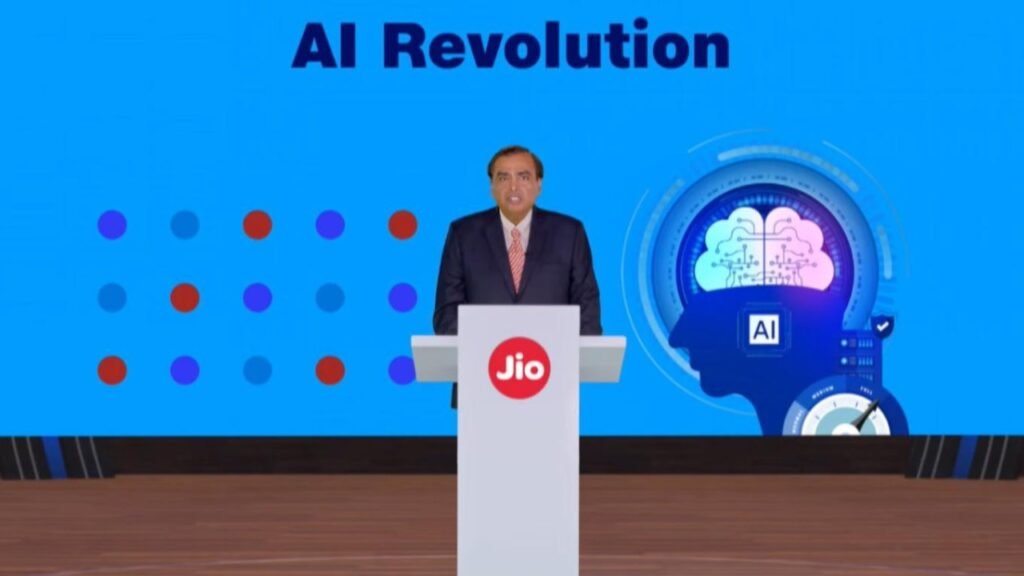
Since gaining independence in 1947, India’s fiscal budgets have played a pivotal role in shaping the nation’s economic and social trajectory. The Union Budget, presented annually, reflects the government’s vision and priorities for economic growth and development. This report provides a detailed account of key developments and major announcements made in India’s fiscal budgets from independence to the present.
1. The Early Years (1947-1960)
Key Developments:
- 1947: The first budget of independent India was presented by R.K. Shanmukham Chetty. It primarily focused on addressing post-independence challenges, including refugee resettlement and economic stability.
- 1950: John Mathai presented the budget post the adoption of the Constitution of India. Emphasis was placed on planned economic development and industrialization.
- Five-Year Plans: The inception of the First Five-Year Plan in 1951 aimed at developing agriculture, irrigation, and power.
Major Announcements:
- Allocation for dams like Bhakra Nangal and Hirakud to boost irrigation and electricity generation.
- Establishment of public sector undertakings (PSUs) to drive industrial growth.
2. Green Revolution and Economic Reforms (1960-1980)
Key Developments:
- Green Revolution: Budgets in the 1960s and 1970s focused on agricultural productivity through increased allocation for irrigation, fertilizers, and HYV seeds.
- Bank Nationalization (1969): Prime Minister Indira Gandhi’s announcement of nationalizing 14 major commercial banks aimed at increasing rural credit.
- Growth in the PSU sector with key focus on industries like steel, coal, and oil.
Major Announcements:
- Increased investments in agriculture, food security, and rural development.
- Establishment of institutions like Food Corporation of India (FCI).
3. Liberalization Era (1980-2000)
Key Developments:
- 1985: Rajiv Gandhi’s government emphasized modernization and technology in industrial sectors.
- 1991: Dr. Manmohan Singh presented the landmark budget that introduced economic liberalization, opening up India’s economy to global markets.
Major Announcements:
- Abolition of the License Raj to reduce bureaucratic hurdles for businesses.
- Deregulation of industries, reduction in import duties, and liberalization of foreign investment policies.
- Introduction of reforms in the financial sector, including the establishment of SEBI (1992).
4. Post-Reforms Consolidation (2000-2010)
Key Developments:
- Introduction of the Fiscal Responsibility and Budget Management (FRBM) Act in 2003 to ensure fiscal discipline.
- Expansion of the IT sector as a major contributor to India’s GDP.
- Launch of welfare schemes aimed at rural development and poverty alleviation.
Major Announcements:
- 2004: Launch of the National Rural Employment Guarantee Act (NREGA) to provide employment and rural infrastructure.
- Introduction of the Goods and Services Tax (GST) roadmap.
5. Transformative Decade (2010-2020)
Key Developments:
- Focus on infrastructure development, renewable energy, and financial inclusion.
- Implementation of the GST in 2017 to simplify indirect taxation.
- Push for digitalization through programs like Digital India.
Major Announcements:
- 2014: Introduction of Jan Dhan Yojana to boost financial inclusion.
- Increased allocation for rural electrification and urban housing schemes.
- Significant focus on defense and national security.
6. Recent Budgets (2020-Present)
Key Developments:
- Response to the COVID-19 pandemic with relief packages and economic recovery measures.
- Emphasis on Atmanirbhar Bharat (Self-Reliant India) to boost domestic manufacturing and reduce import dependency.
- Increased focus on sustainability and renewable energy.
Major Announcements:
- 2020: Introduction of the National Infrastructure Pipeline (NIP) with an outlay of ₹100 lakh crore.
- 2021: Launch of the Production Linked Incentive (PLI) scheme to boost manufacturing.
- 2023: Emphasis on green growth with increased allocation for electric vehicles (EVs) and renewable energy.
Conclusion
India’s fiscal budgets have evolved significantly since independence, reflecting the nation’s changing economic priorities and challenges. From the focus on self-sufficiency and agricultural growth in the early years to liberalization and digital transformation in recent decades, the budgets have been pivotal in steering India’s progress. As India looks forward, future budgets are expected to prioritize sustainability, digital innovation, and inclusive growth to achieve its vision of becoming a $5 trillion economy.



